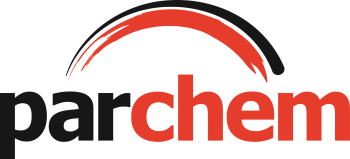Back and Curtain Grouting
Back grouting and curtain grouting use products and application methods similar to those used for Soil Stabilisation. The main difference between these applications is in their desired outcomes, with back grouting and curtain grouting used to prevent water from damaging structures or foundations. Although this type of system can be used to create below ground water barriers (curtains), it is most commonly used to prevent or stop widespread water access to structures in situations where excavation of the exterior surface isn't possible (back grouting). In this application, gelling or foaming resins are injected between the outer layer of the structure and the surrounding soil, where they cure to form a water-resistant barrier that separates the structure from groundwater.
Benefits of Back Grouting
- The structure itself is protected because the barrier is installed on the outside. This makes back grouting ideal for below ground structures affected by widespread cracking or honeycombing, or for protecting structures exposed to erosive forces or chemical attack.
- More resilient to water access than internally applied coverings. The pressure of ground water pushes the membrane against the structure - internally applied membranes are pushed away from the structure and are therefore more dependent on their bond strength.
- Does not limit the choice of interior surface finishes.
- As the system is installed from the inside there is no requirement for excavation.
- As no excavation is required, repairs can be installed to structures deep underground.






